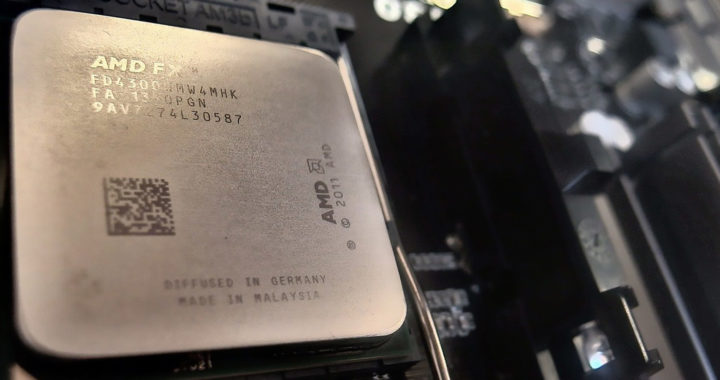There are two popular brands of microprocessors in the product portfolio of Advanced Micro Devices or AMD, These are the AMD Athlon and AMD Ryzen series of microprocessors. Both brands can be found in several consumer-grade desktop and laptop computers, as well as business-oriented workstations.
Note that there are general similarities between the two. However, it is also important to highlight the fact that from a marketing perspective, as well as in consideration of utility, there are also notable differences between AMD Athlon and AMD Ryzen. AMD has marketed each for predefined market segments and specific use cases.
AMD Athlon vs. AMD Ryzen: What are the Similarities? How are they Difference From One Another? Which One is Better?
Similarities Between AMD Athlon and AMD Ryzen
Before discussing the difference between AMD Athlon and AMD Ryzen, it is also important to briefly discuss their similarities. For starters, both microprocessors are based on the x86-64 instruction set architecture and the proprietary AMD Zen microarchitecture. There are also variants based on the ARM instruction set.
Note that the first-generation Zen microarchitecture was first launched in 2017 with the Ryzen 1000 series. Athlon CPUs moved to the same architecture with the launch of Athlon 200GE in 2018. Nevertheless, this means that AMD uses the same general technologies in designing and manufacturing or fabricating both microprocessors.
Both are also mainstream microprocessors marketed primarily for end-use consumers, as well as secondarily for enterprise users. They also have variants for desktop computers, as well as for laptop computers or so-called mobile microprocessors. Some variants are designed as accelerated processing units with CPUs and integrated graphics processors.
Predefined Market Segment and Uses Cases
When it comes to the specific differences between AMD Athlon and AMD Ryzen, AMD markets them for different segments and use cases. The Athlon brand is generally an entry-level to mid-level series of microprocessors found in budget to mid-range computers. It is positioned as a rival of Intel Pentium from Intel Corporation.
On the other hand, the Ryzen brand is marketed across a wider range of market segments that include entry-level and mainstream segments, as well as business-oriented and enthusiast segments. The product strategy for this brand follows the same product strategy for the Intel Core line of microprocessors from Intel.
There are “Pro” versions of both AMD microprocessors brands aimed at catering to business-centric market segments. However, the AMD Athlon PRO series of marketed for desktop computers used for handling basic office productivity applications while the AMD Ryzen PRO series centers on demanding business environments.
Comparing Their Performance and Capabilities
Remember that the Ryzen brand is inherently more capable than the Athlon brand. A specific Ryzen microprocessor has more CPU cores, better integrated graphics performance, and higher frequency than a generally equivalent Athlon microprocessor. Note that equivalence is determined in terms of generation and release date.
Consider Athlon 3000G and Ryzen 3 2200G as examples. The former is based on a 14nm process node with two cores, a base clock of 3.5 GHz, and a 3-core and 1100 MHz Radeon integrated graphics. The latter is based on a 14nm process node with four cores, a base frequency of 3.5 GHz that boosts up to 3.6 GHz, and an 8-core integrated Radeon Vega 8 graphics.
Benchmarks showed that the single-core performance, two-core, and multi-core performances of the 2200G are several points higher than the 3000G. The performance of the Ryzen microprocessor advantage comes from the higher number of cores and better integrated graphics, as well as the specific technologies used in its design and fabrication.
Main Takeaway: A Comparison of the Capabilities, Similarities, and Differences Between AMD Athlon and AMD Ryzen
Considering the discussions above, the differences between AMD Athlon and AMD Ryzen revolve around performance and capabilities. The former is a series of microprocessors marketed for entry-level to mid-level computer users while the latter is marketed for a wider segment range spanning from entry-level to enthusiast-level users.
Athlon microprocessors can be found on some budget desktop and laptop computers. They directly compete against Intel Pentium, as well as Intel Celeron microprocessors. Ryzen microprocessors are found on a range of computers with different price ranges. They compete against the Intel Core line of microprocessors.
In considering which one is better, AMD Ryzen undeniably outperforms AMD Athlon. It is faster and more efficient. Microprocessors under these brands have wider use-cases. Note that the high-tier ones can be used for processing-intensive applications such as video gaming and photo or video editing. However, they are more expensive.
